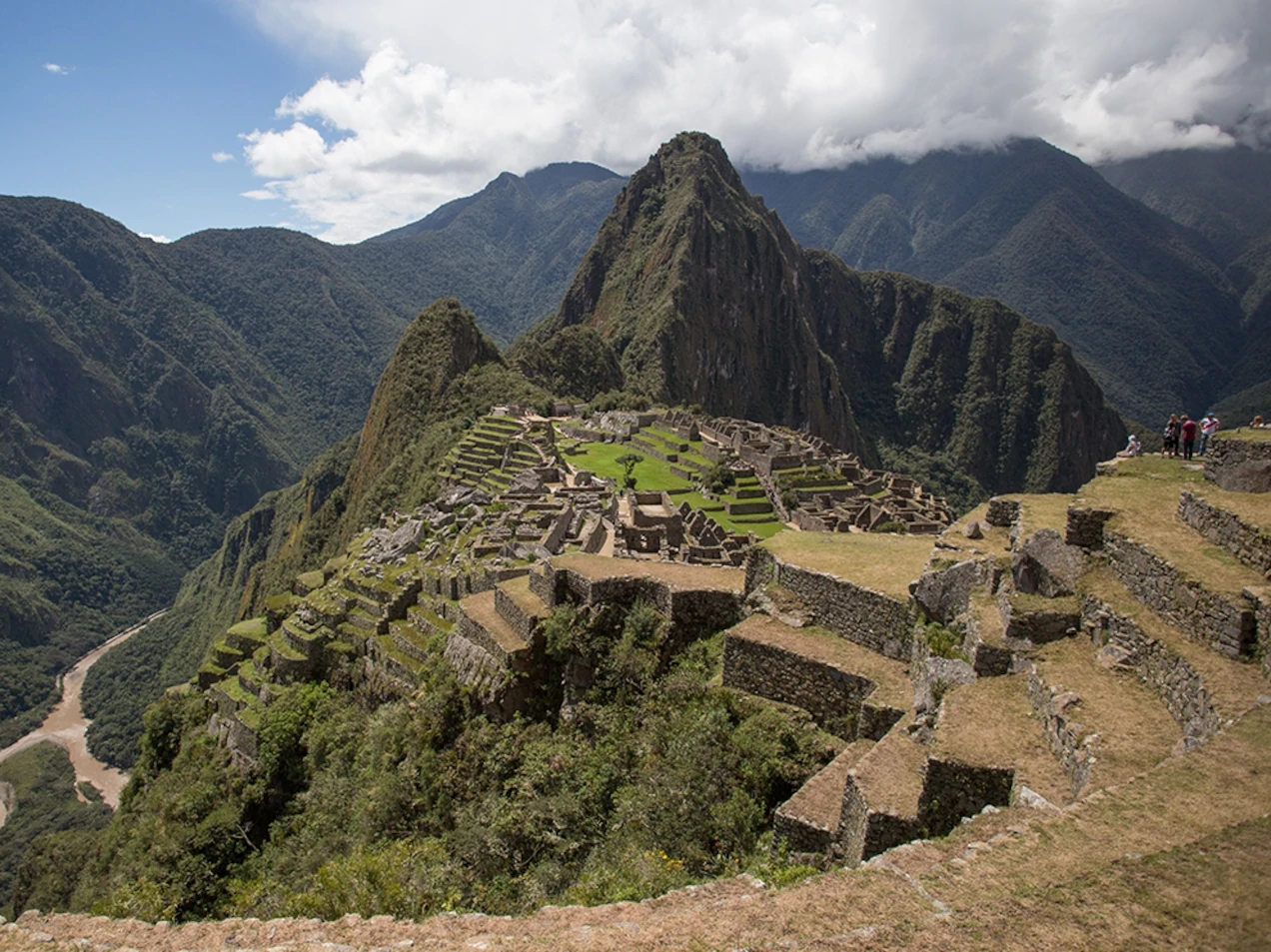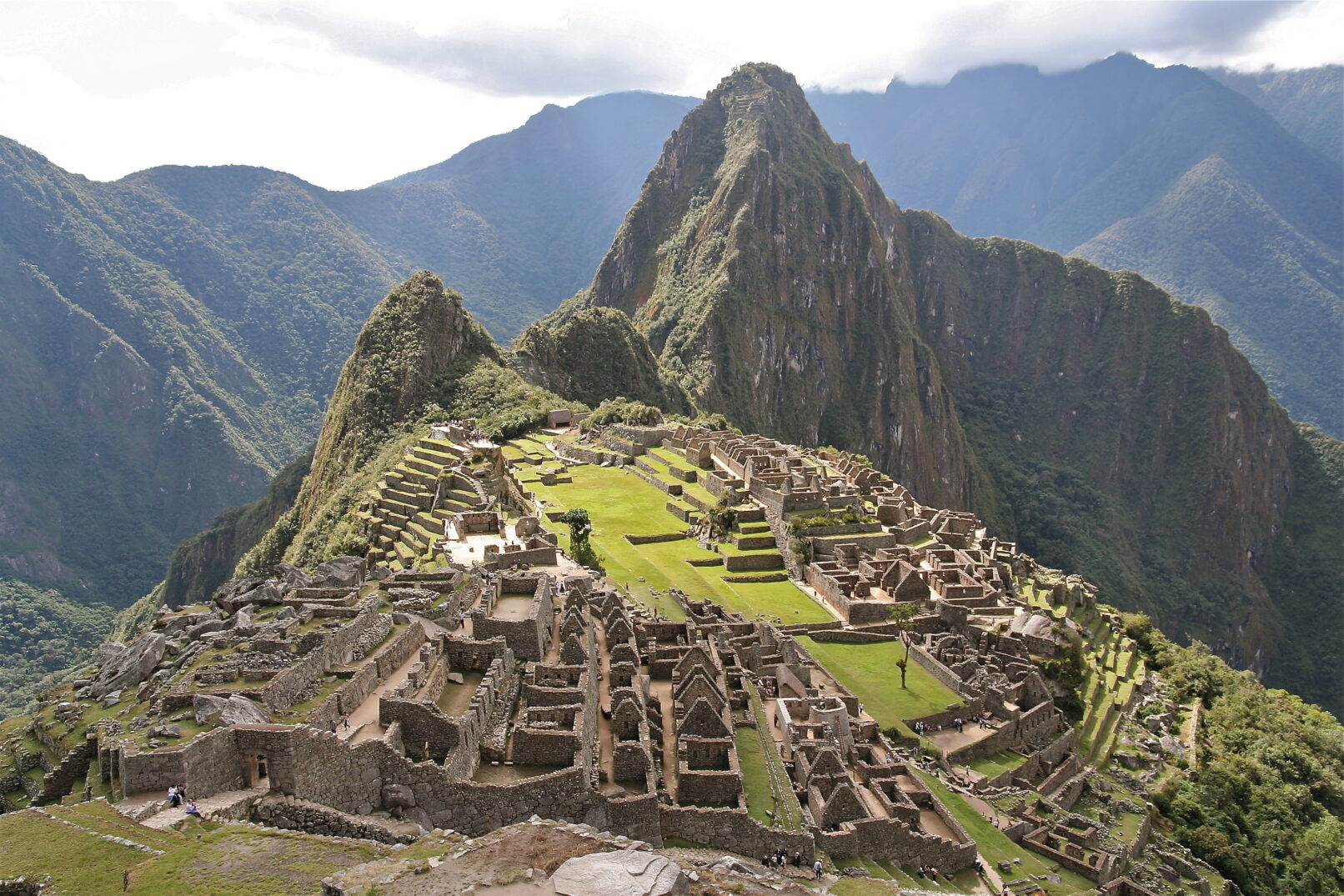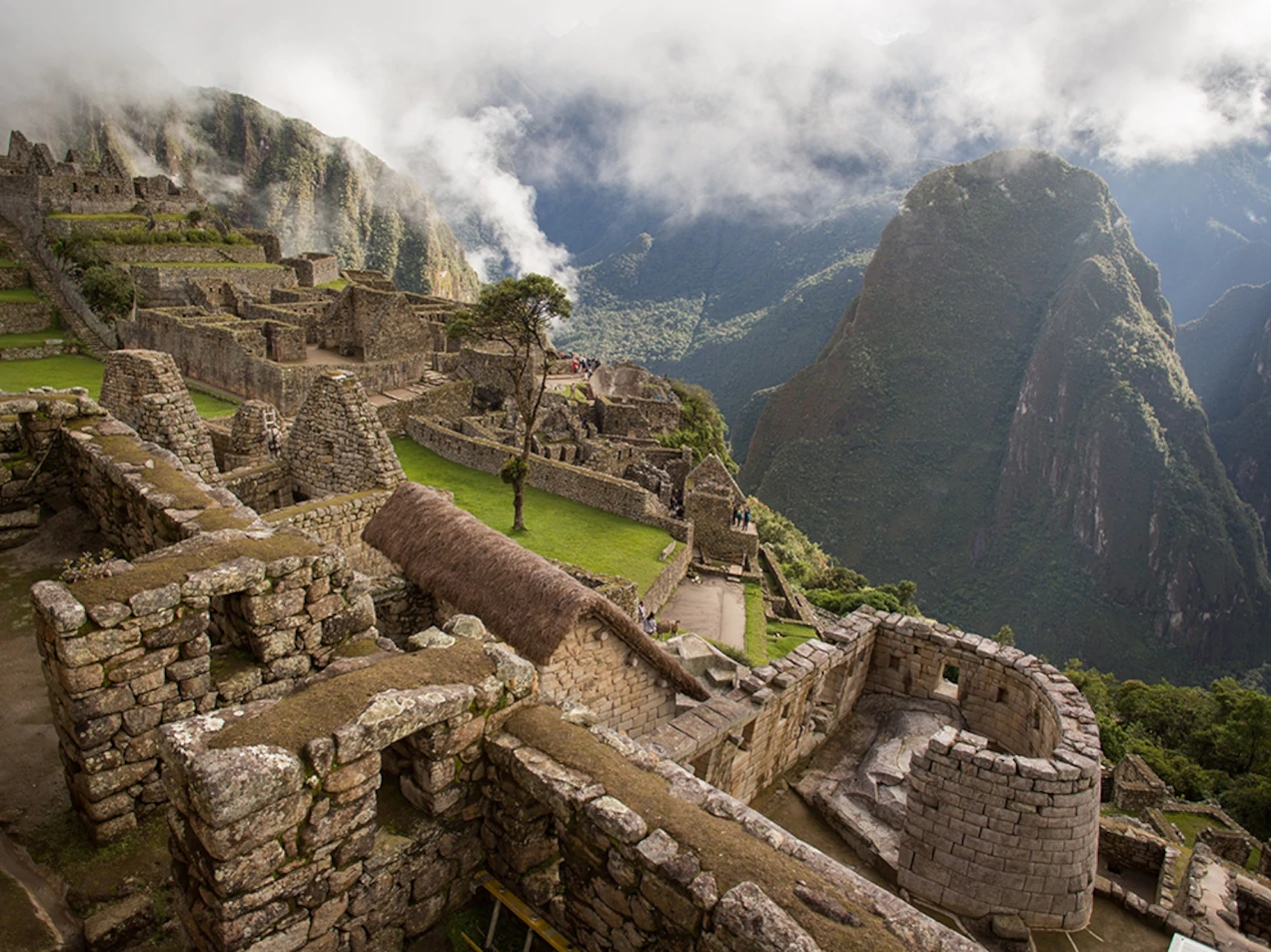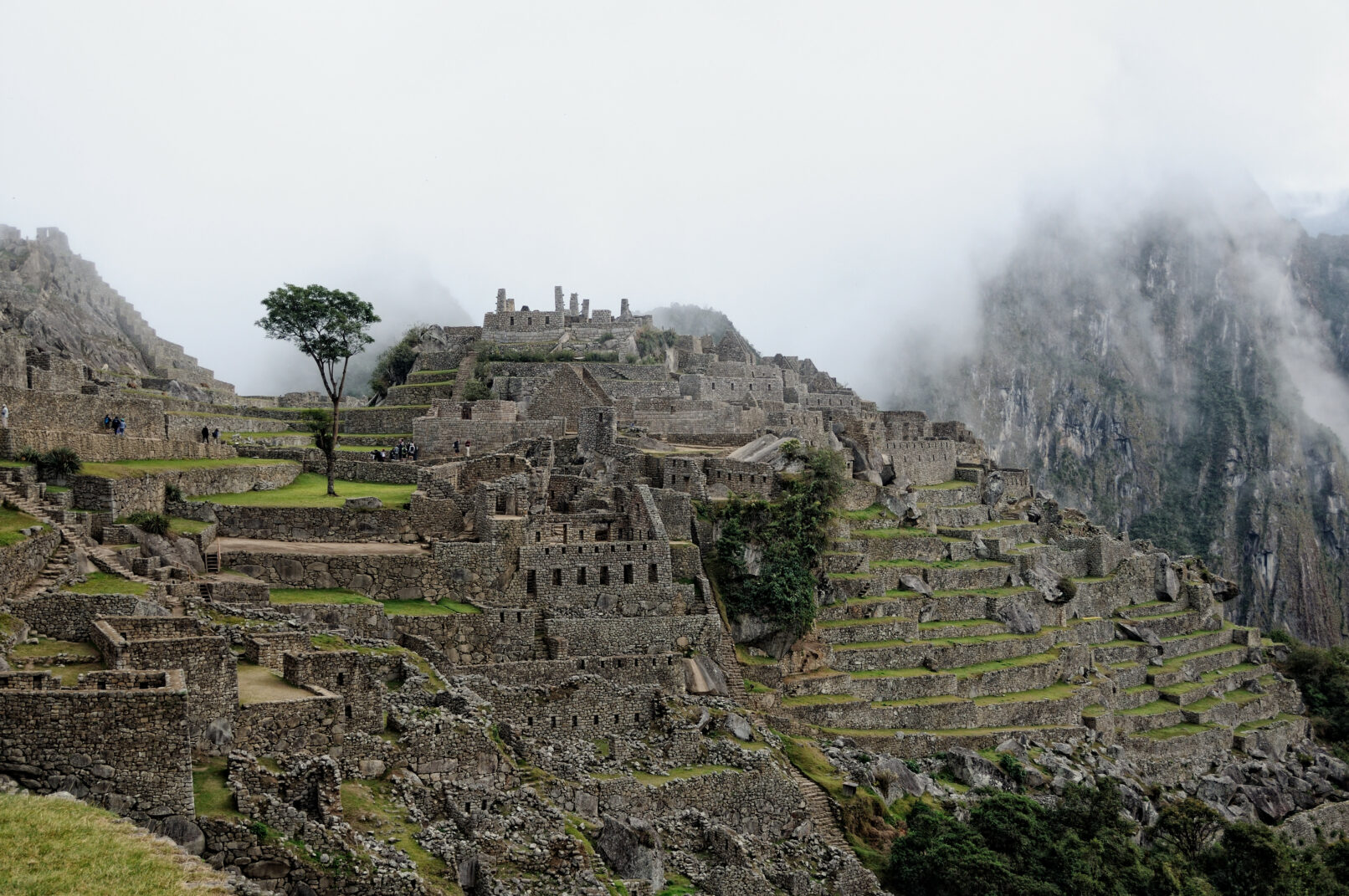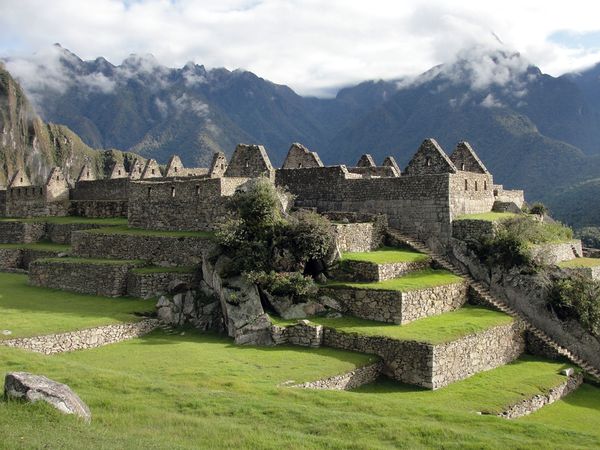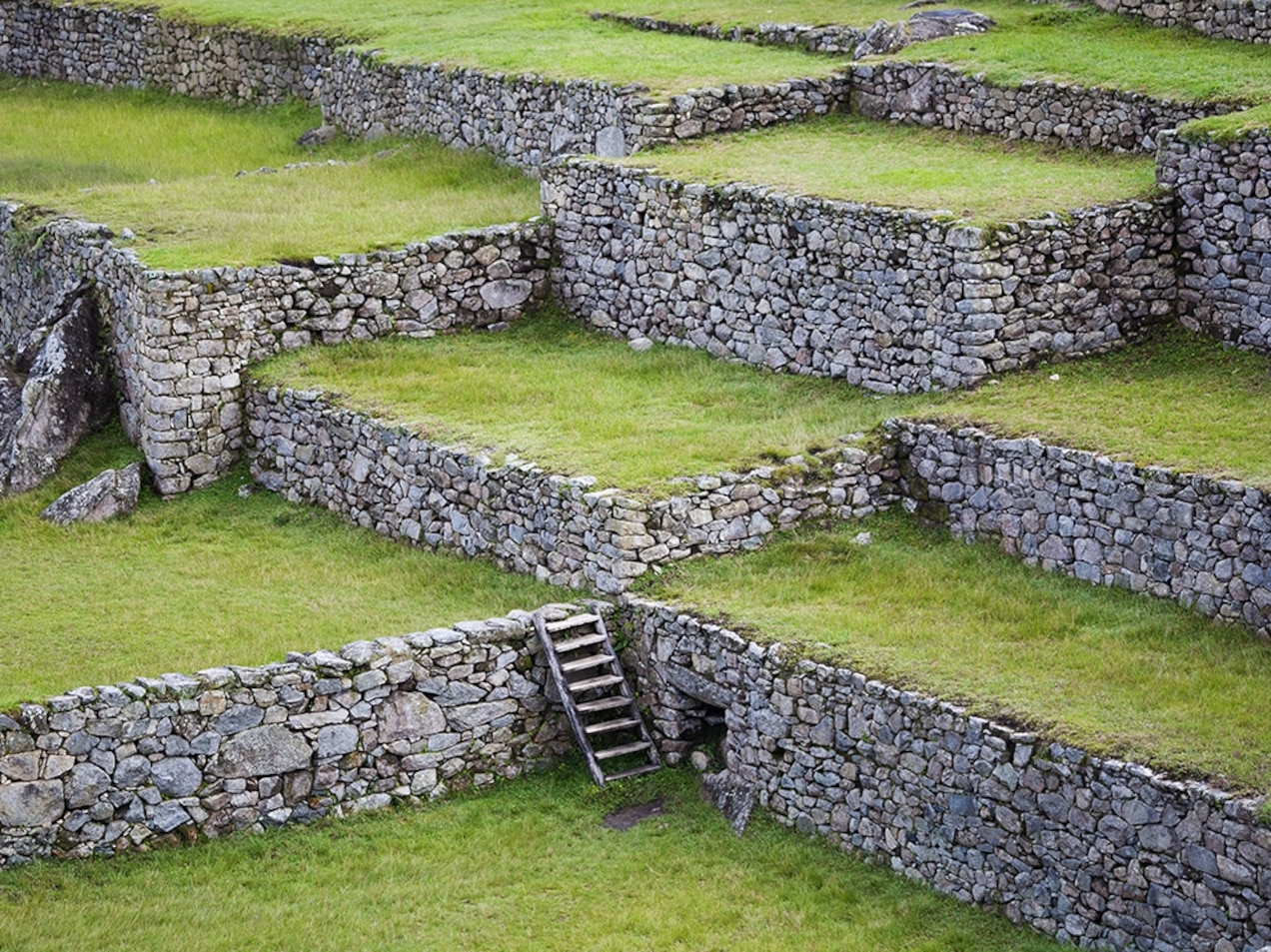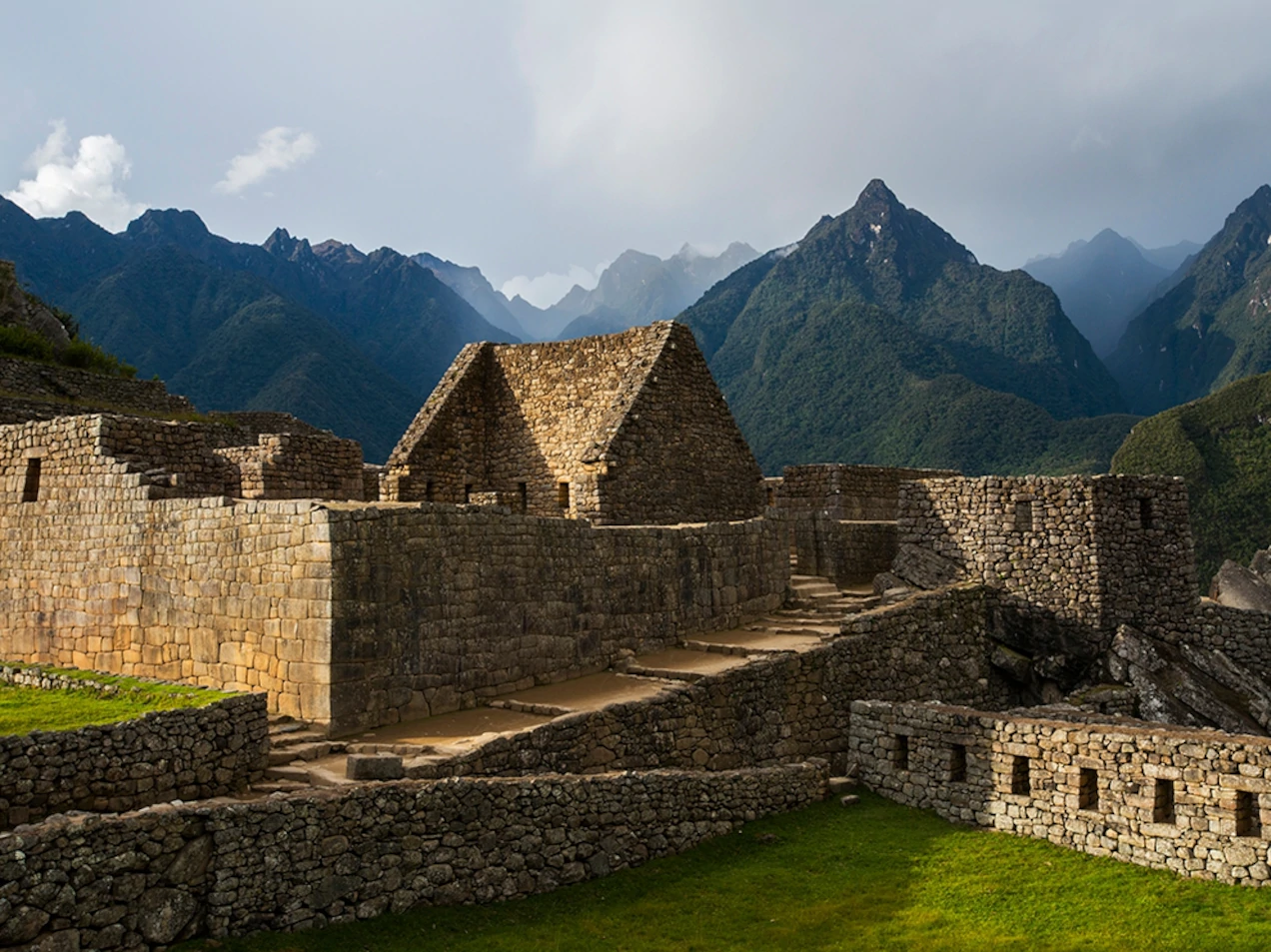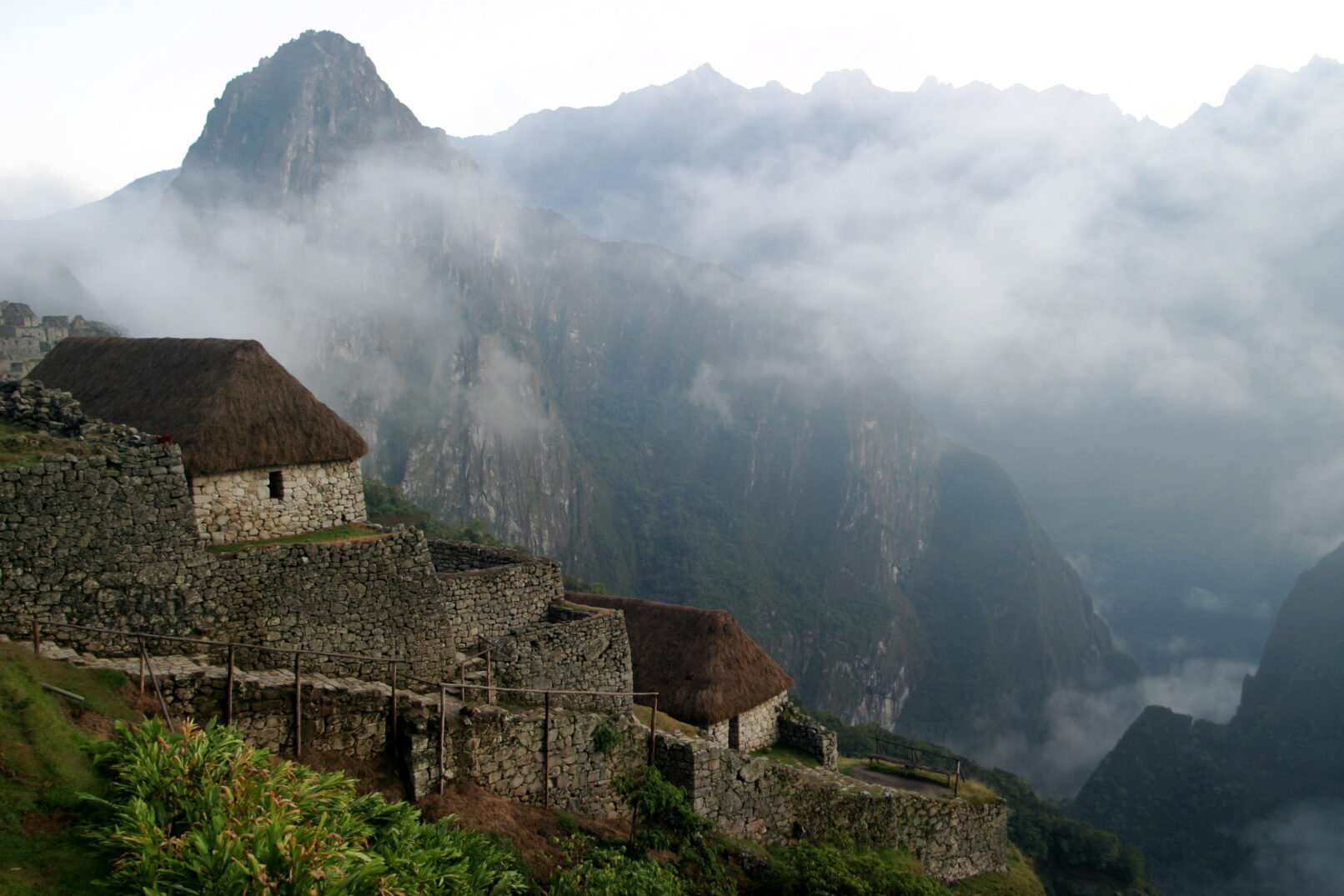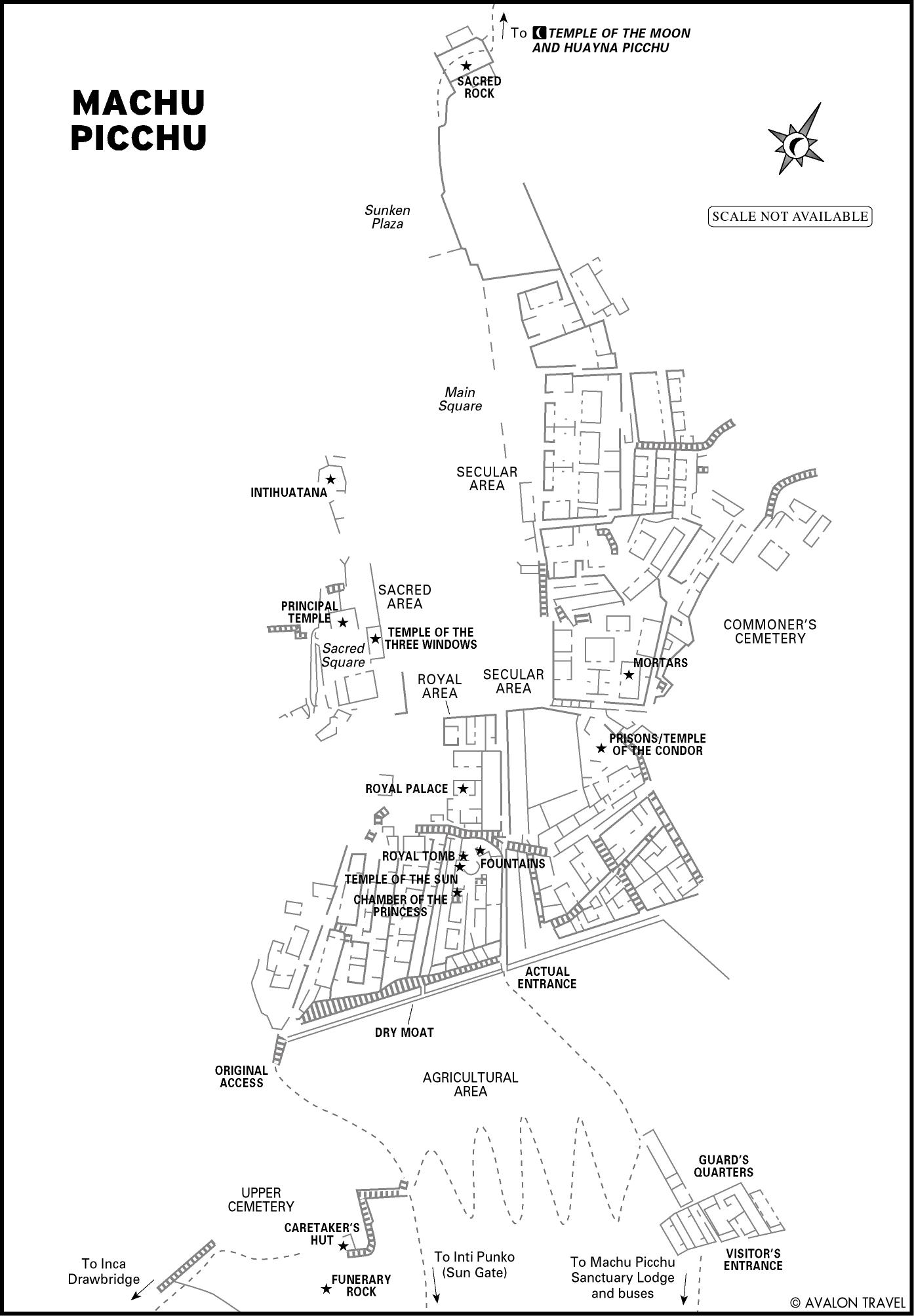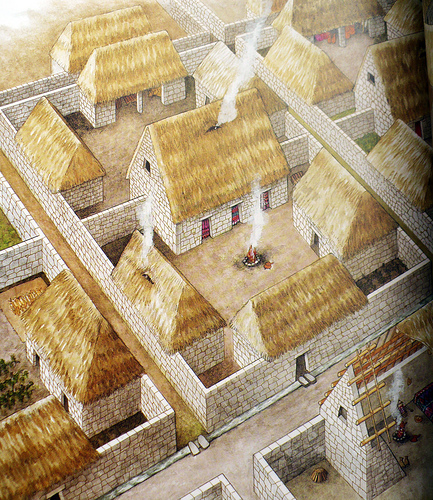L 15 |
Machu Picchu |
type |
|
place |
Known as a real gem of the Inca civilisation, this town is still shrouded in legend and speculation. Viewing the settlement built around 1450 after the astonishing conquest of the slopes of the Andes, it is difficult to tell whether the hill was quarried around the buildings and walls, or the terraces and buildings formed a deposit enveloping the terrain. Of all the projects included here, this one embodies the most intense belongingness, integrity and cohesion. Just like the Chinese village of Chuandixia, residential buildings and ceremonial ones arranged in rows follow the rhythm of the terraced, cultivated hillside. However, the direction of growth is different. Closed from the outer world, buildings at the almost inaccessible ceremonious centre do not climb up the hill (like in the Chinese village), but flow down from it. Besides masterly carved stones and clearly tectonic construction, the dimensions, geometry and function of the gardens are also remarkable. Terraces between expanding and narrowing lines simultaneously integrate sacred zones, a plaza and small, cultivatable vegetable gardens.
